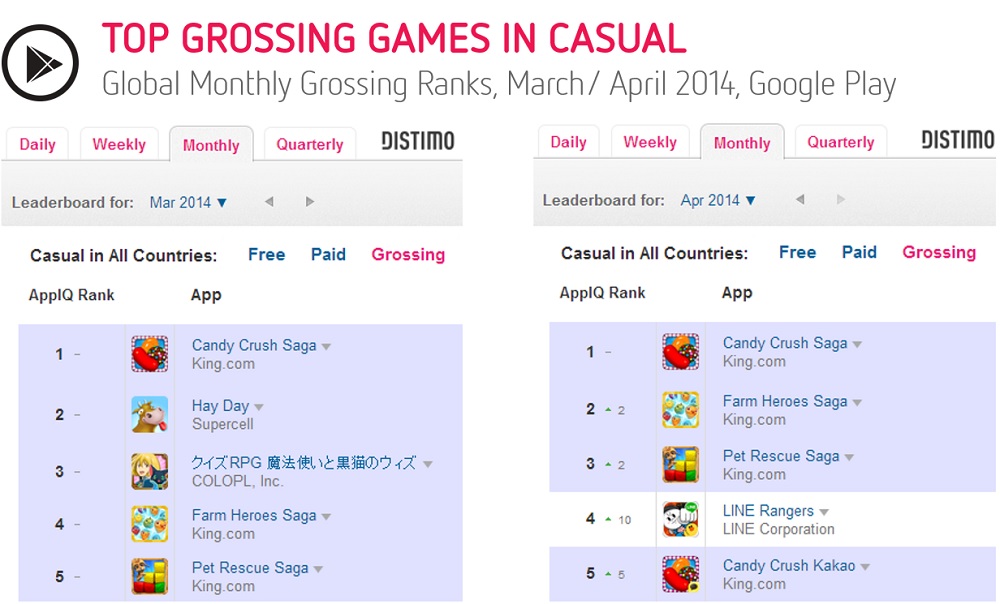The new game categories in the Google Play Store have helped spur an increase in revenues and downloads by making it easier to find the right type of game, according to a report by mobile market researcher Distimo.
Gaming is still the most popular category across the mobile app stores in both revenue and downloads. On March 18, Google shook things up a little by creating more categories within gaming in order to bring more attention to different kinds of titles. April was the first month to evaluate the effect those changes had in the Google Play Store.

Unlock premium content and VIP community perks with GB M A X!
Join now to enjoy our free and premium membership perks.
![]()

![]()